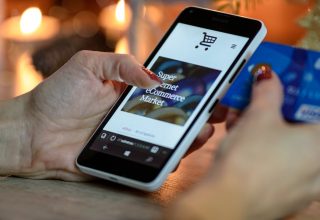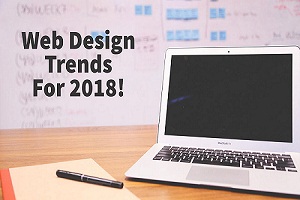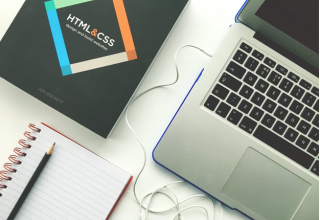The design is not just about how it looks and feels. Instead, it’s about how effectively and efficiently it works. So, if you think that your website owns the best local SEO course, ask for an average user and then make a conclusion. Effective web design is judged by the visitors, not by the developer or the website owner.
Whether you aim to increase brand awareness or you want to sell products and services, effective web design can put a huge difference to the lost prospect and the new conversion.
But, how will you make a design look good? Here are some web design principles that will make your design look pleasing, engaging, and effective:
Purpose Of The Design:
Good web design is all about catering to the needs of users. Are your users looking for entertainment, some kind of interaction, or information to transact with your business?
Give your website a purpose to fulfill the needs of your users in the most effective ways.
A Picture Says More Than Words:
While it might seem cliche, pictures convey a lot of information much quicker than the block of text. Ineffective web design, the strategically placed images guide users in navigation.
Further, the images also act as arrows pointing to the conversion points like ‘contact us’ and ‘shop now’ buttons. When selecting images, make sure to keep quality in mind.
Make sure that the images that are used in the design are of high quality and should fit the overall style of your website. If you are using stocked photos, use them carefully so that they won’t look too stacked. Replace the text with infographics as they are great to convey important information effectively and follow the steps to SEO optimization for having a catchy and conversion-friendly design.
Keep Up With The Aesthetics:
No matter how effective and great content you have on your website, you might be losing conversations if your website is not visually appealing. Three main aesthetic elements of effective web design or typography, balance, and color.
The colors are to show the emotional response to the website. For instance, warm hues like pink and yellow make people more excited. However, cool colors like green, purple and blue offer calming effects and bring tranquility.
When selecting colors for your website, pick the balance of harmony and contrast. Highly contrasting effects like lime green and hot pink can be distracting. So, focus on the colors that belong to the same family.
Pick Cool Conventions:
People are used to watching certain generic layouts. While being unique is good, it is better to take advantage of what users want and are comfortable with. The most common example of website design conventions is to stick to the navigation menu, contact page, a clickable logo that will redirect to the homepage, and a search bar.
Also, use the only buzzword like ‘add to cart, ‘click here to check out, and more. The only thing you don’t want to do is to confuse the visitors to the website. So, avoid fancy jargon and stick to the basics.
Stay Consistent:
Maintain a consistent design element across the website and let users easily navigate things. Keep the same navigation for the menu bar, search bar maintaining the basic color scheme and fonts on each page.
Things like vector art and lifestyle stock photos can confuse the visitors and can also come off as disjointed. However, effective web design needs one consistent style and color. Of course, you can put different layouts to make your website look interesting, make sure they match with another layout.
Further, the lack of congruence between different ads, landing pages, and your website’s page can be the biggest deterrent for someone turning to potential customers.
So, now you are equipped with all the information you need to create a conversion-driven, effective, and user-friendly website design. Use the above tips and create an effective design!














